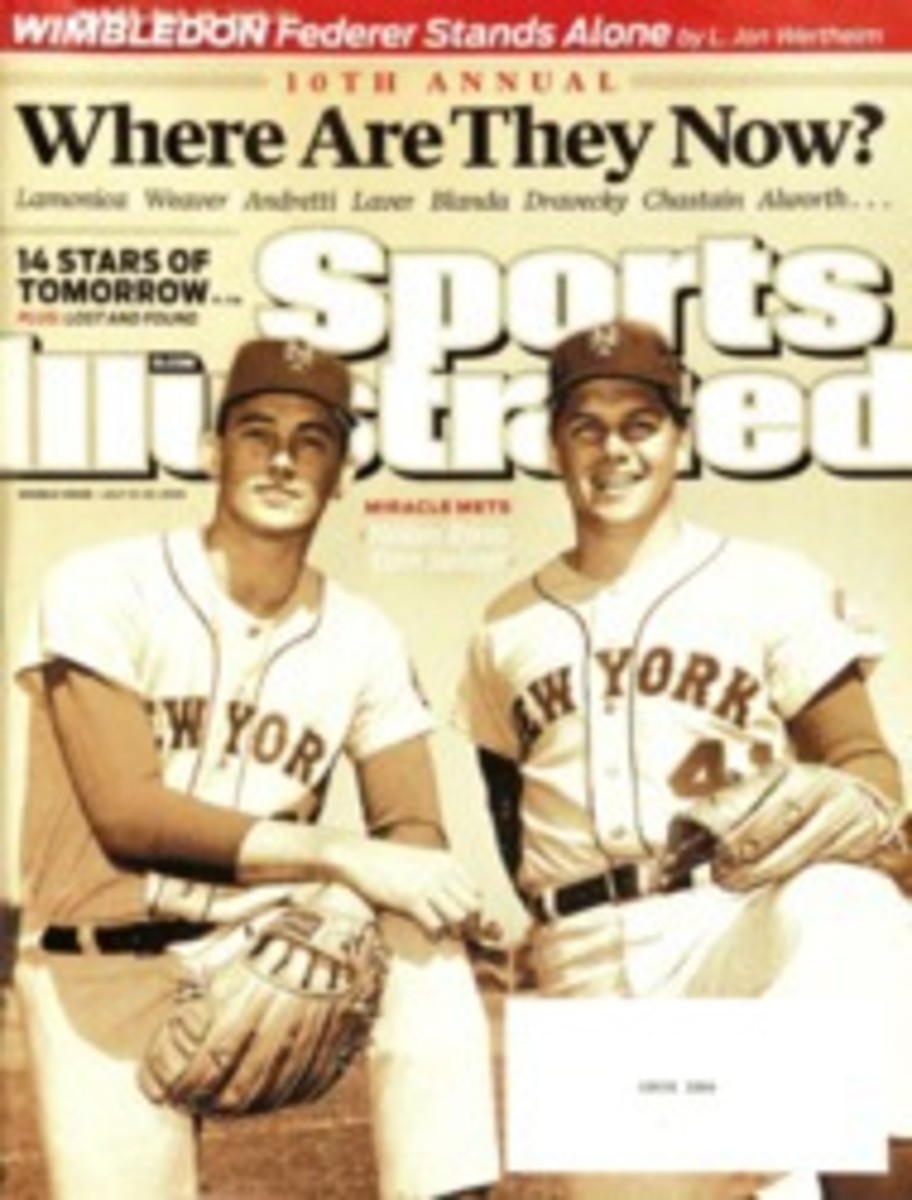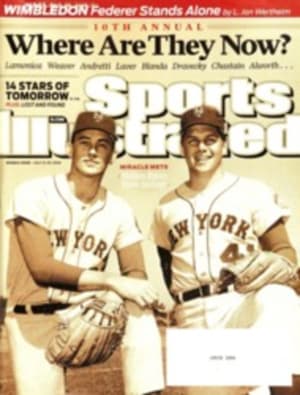
DAVE DRAVECKY
In San Francisco it's known as the Comeback Game. As the Candlestick Park crowd showered him with standing ovations on Aug. 10, 1989, Giants lefthander Dave Dravecky allowed only one hit through seven innings and beat the Reds 4--3. "I didn't really manage that game," San Francisco skipper Roger Craig would say later. "I just sat there in awe."
That's because 10 months earlier Dravecky had undergone an eight-hour operation to remove a cancerous tumor in the upper part of his pitching arm, a procedure that also cost him 50% of his left deltoid muscle. Doctors told Dravecky he wouldn't pitch again, but after rigorous rehab and three starts in the minors, Dravecky returned that night against Cincinnati.
Dravecky's next start, five days later, was memorable not for the cascading applause but for the sickening snap of the humerus bone in the pitcher's left arm. With the Giants leading 3--1 in the bottom of the sixth, Dravecky's 69th pitch of the night turned out to be the last one of his career. The bone broke in mid-delivery, and he fell to the ground in pain. Dravecky's arm was put in a cast, but two months later, when he joined in the Giants' boisterous celebration after winning the National League pennant, the arm fractured again. Doctors subsequently found that the cancer had returned. Radiation treatments and two more operations failed to eliminate it, and on June 18, 1991, the pitcher's left arm and shoulder were amputated.
For Dravecky, such simple tasks as dressing himself became onerous. "Initially there were some significant challenges," says Dravecky, 53, who admits he had occasional bouts of frustration and anger. But instead of dwelling on his misfortune, Dravecky found renewed purpose when he realized that his celebrity as a ballplayer gave him a platform to help others.
Two months after the amputation, in August 1991, Dravecky and his wife, Jan, started Outreach of Hope, a Denver-based organization whose mission is to help people deal with the emotional and spiritual aspects of living with cancer, amputation or serious illness. The foundation, which provides faith-based guidance and encouragement and sends baskets of print, audio and video materials (including Dravecky's 1990 book, Comeback), has assisted more than 50,000 people over the last 18 years.
As time went by, Dravecky returned to an active life that includes hunting, fishing, skiing and riding a Harley Davidson that was converted into a three-wheeler—or as he puts it, "a very fast Hot Wheels trike." He learned to write with his right hand, and he now signs his name to each book that's distributed through outreachofhope.org. That's some 4,000 signatures a year. "I get comments all the time that I have beautiful handwriting," Dravecky says. Last year he and Jan moved from Colorado Springs to Highlands Ranch south of Denver to be closer to their children, Jonathan and Tiffany, their spouses, and grandson, Jude. Dravecky also gives motivational speeches, the theme of which, he says, is, "It's not what you do that matters most, but who you are. And who you are is about relationships."
Dravecky, who has been married to Jan for 30 years, lives up to his own message. "I'm still madly in love with my bride," he says. "She's the wind beneath my wing—singular."
PHOTO
MICKEY PFLEGER (DRAVECKY '89)
COMEBACKER Dravecky made a surprise return in '89, and after the amputation he learned to ride a modified Harley.
PHOTO
LUCAS J. GILMAN (DRAVECKY NOW)
[See caption above]

